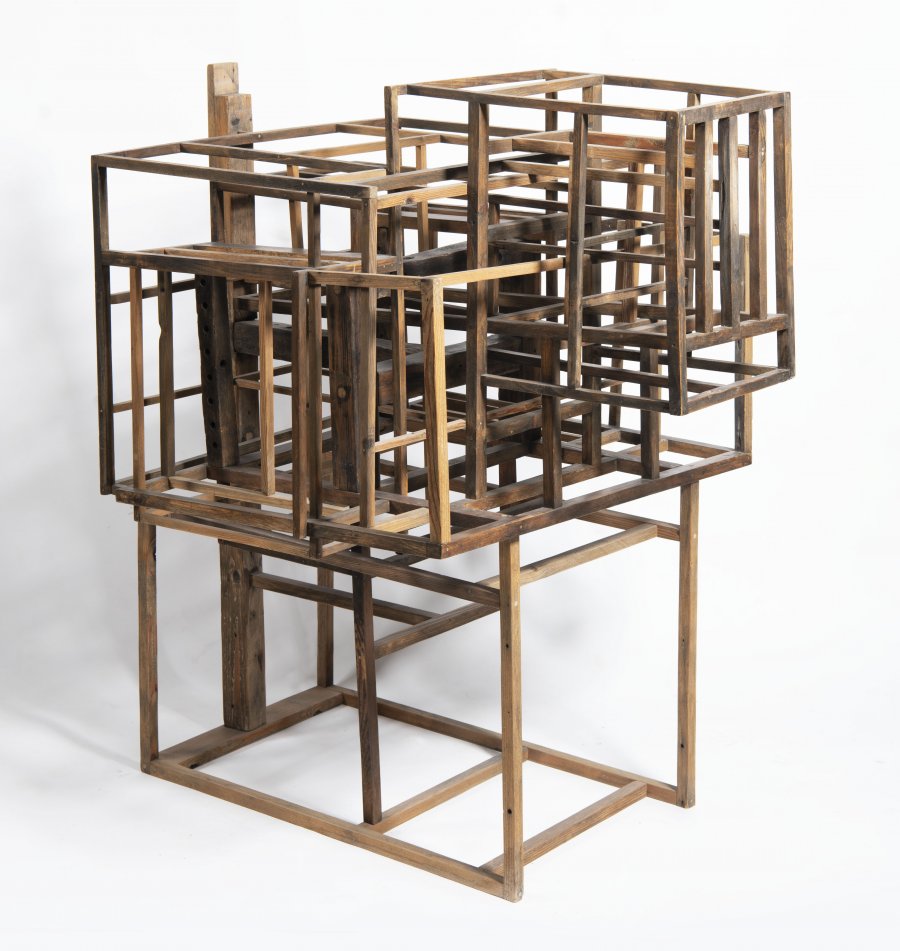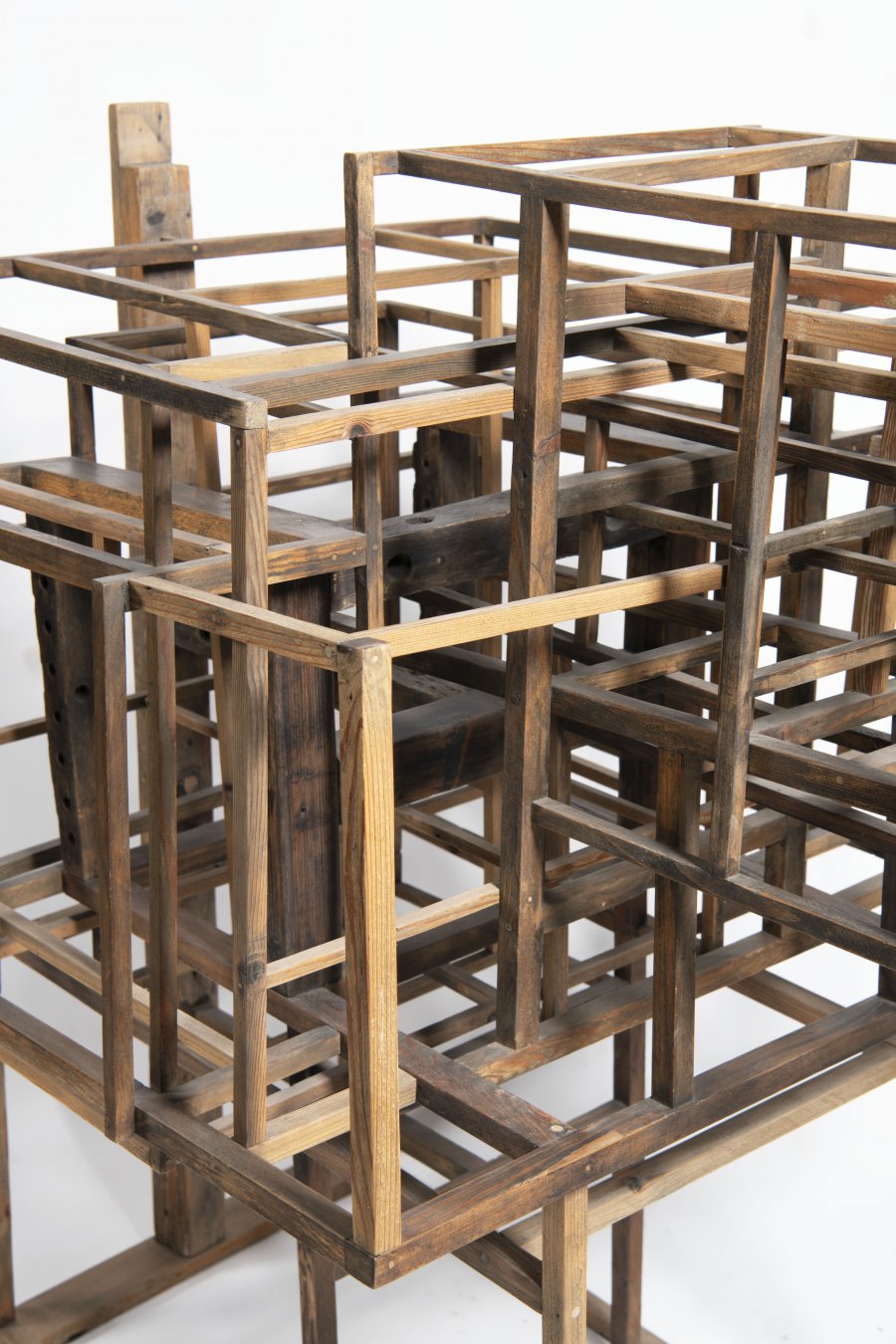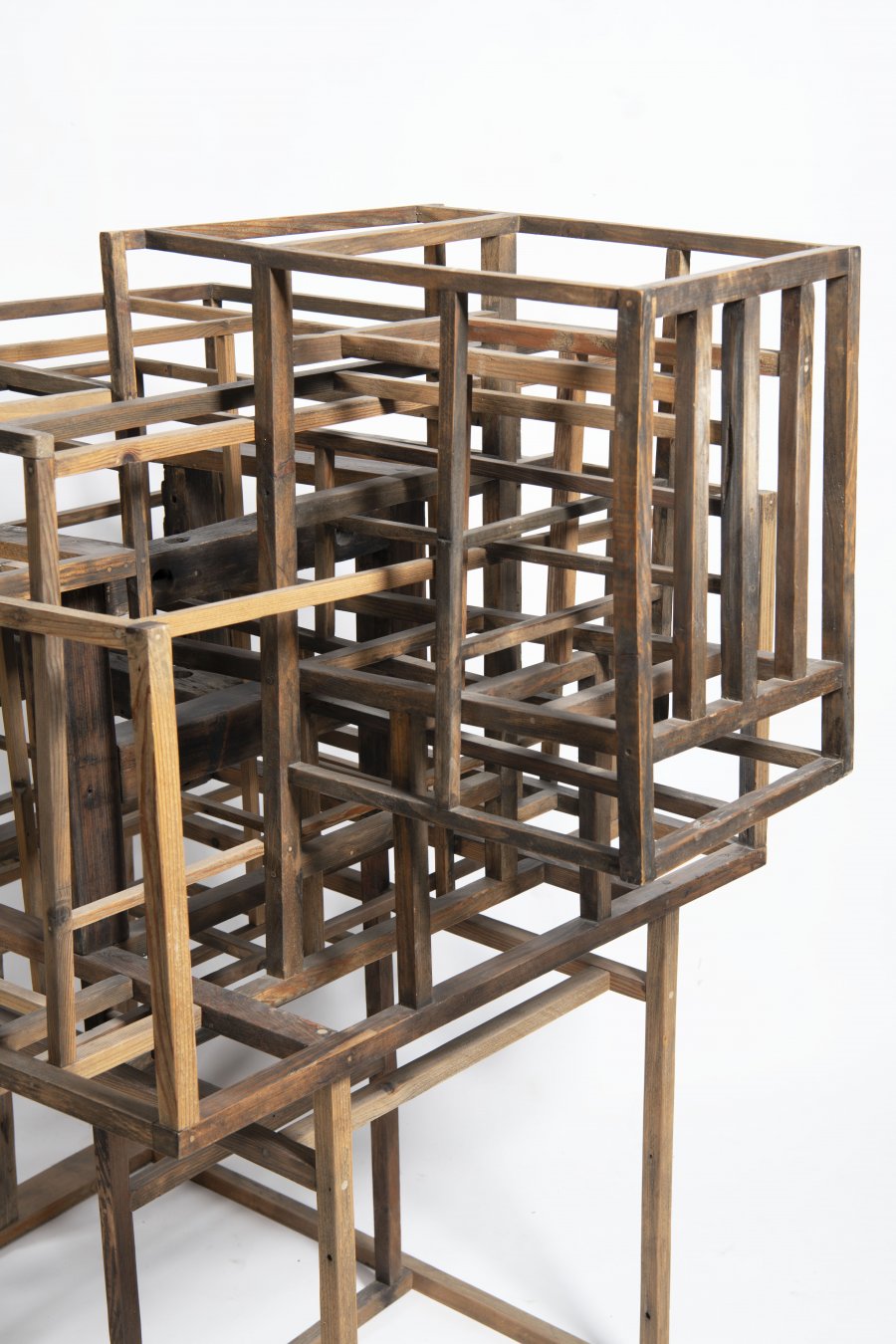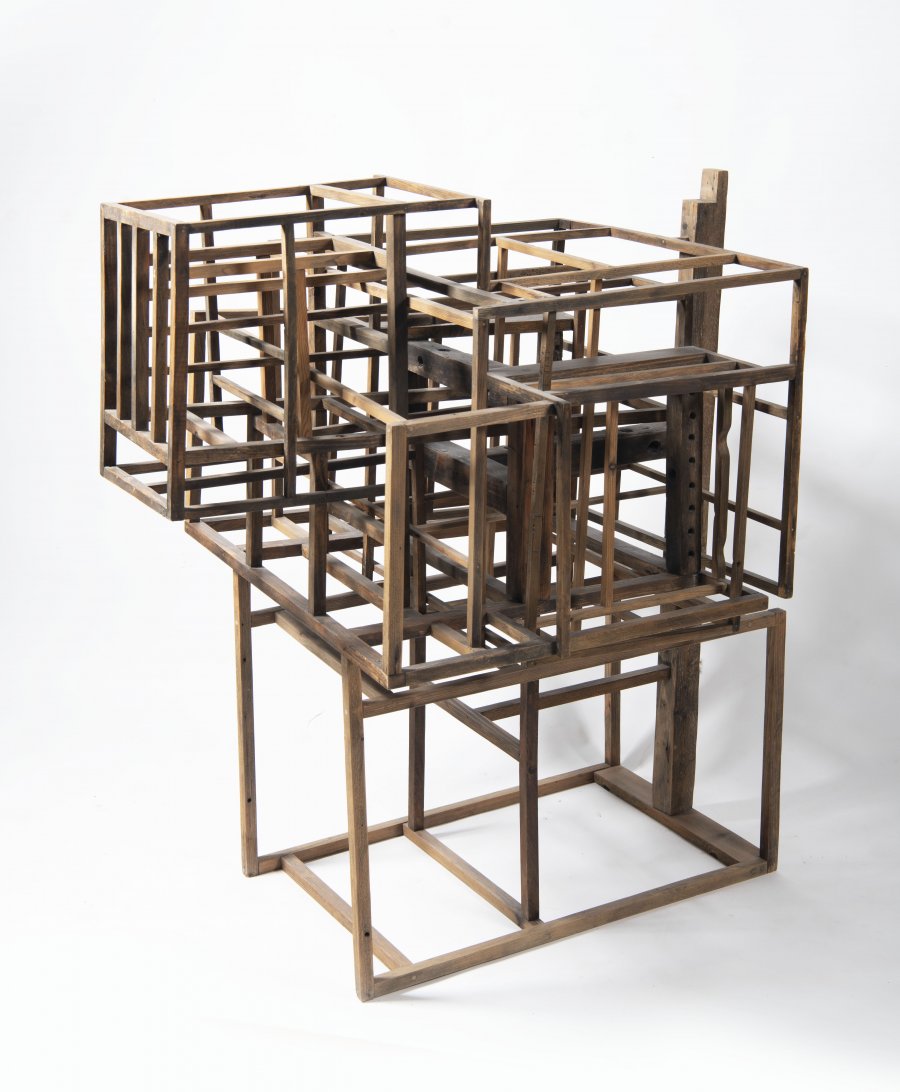Lot 182
UNTITLED (ANIMAL)
1985
wood, stain
111,5 x 77 x 97 cm (h x w x d)
unsigned
| 14 583 €
| 35 417 €
The work of Zbyněk Sekal, one of the most important Czech post-war artists, was created over a wide time span, from the turn of the 1930s and 1940s until 1997, when, a few months before his death, his illness prevented him from continuing his work. Sekal - like Piesen - was interested in a more intellectual work with material based more on dialogue and the process of searching, on the exploration of spatial relationships and the pursuit of order. He did not fully identify with any movement, tendency or group and remained a distinctly solitary artist. After studying at the UMPRUM in the studio of F. Tichý, where he met, for example, Mikuláš Medek and Stanislav Podhrázský, he soon became one of the most interesting Czech artists of the 1950s and 1960s. From 1970 he lived in Vienna, where his work underwent another remarkable development. At the end of the 1960s, the author notes: "It is not just, and in fact not at all, a question of building a sculpture out of several parts instead of carving it out of a single piece or modelling it, but that the core, the first limb of it, which would be selected or simply started from, would by its shape require a certain continuation, an extension, an expansion." The consideration of building objects from the core to the breadth precedes by several years Sekal's cycle of so-called boxes, Gerüste [scaffolding] in German, which consist of a spatial construction made up of materials and fragments found or donated by the artist, rarely using older works. In addition to the principle of growth and construction, the boxes are also characterised by an appeal to patient precision and a desire for perfection. Half a year before his death, Sekal transformed his studio into a unified work of art: he displayed his plaster sculptures and framed the ceiling with a set of boxes, placing various objects in labelled boxes. The studio was moved from the Vienna studio to the Trade Fair Palace, where it is now installed. The monumental object on offer is an exceptional work from 1985 (before he began to gravitate towards asymmetry in his work), resembling a four-legged animal in shape.
Published: Klimešová, Marie. Zbyněk Sekal, 2015, no. 434.
More works from auction
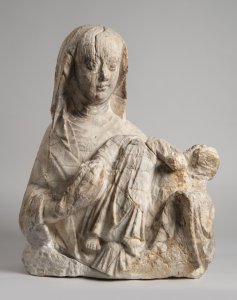
Lot 1 LATE GOTHIC MADONNA WITH CHILD
Starting price28 000 CZK | 1 167 €
Price realized
120 000 CZK | 5 000 €
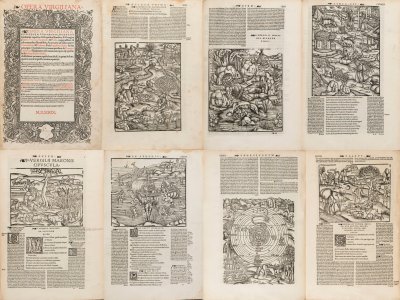
Lot 2 OPERA VIRGILIANA
Starting price48 000 CZK | 2 000 €
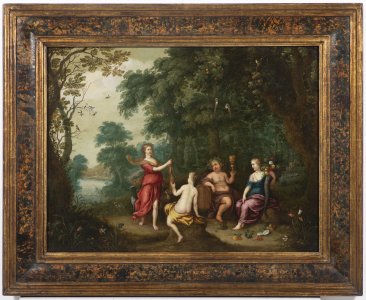
Lot 3 DIANA, BACCHUS AND FLORA
Starting price380 000 CZK | 15 833 €
Price realized
380 000 CZK | 15 833 €
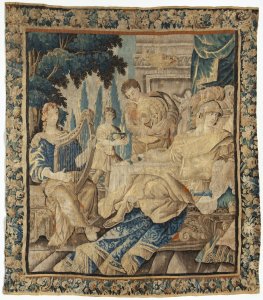
Lot 4 SCENE FROM THE BANQUET OF DIDO AND AENEAS
Starting price65 000 CZK | 2 708 €
Price realized
85 000 CZK | 3 542 €
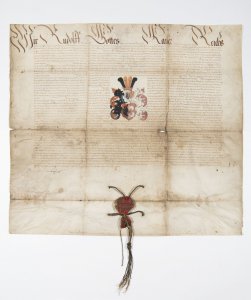
Lot 5 NOBILITATION GRANTED BY RUDOLF II.
Starting price80 000 CZK | 3 333 €
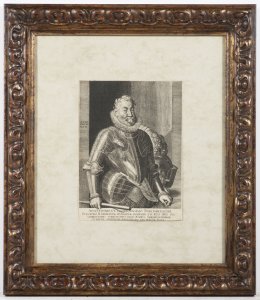
Lot 6 PORTRAIT OF RUDOLF II.
Starting price25 000 CZK | 1 042 €
Price realized
40 000 CZK | 1 667 €
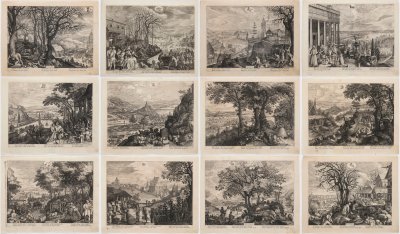
Lot 7 TWELVE MONTHS CYCLE
Starting price55 000 CZK | 2 292 €
Price realized
95 000 CZK | 3 958 €

Lot 8 A LARGE VIEW OF PRAGUE
Starting price45 000 CZK | 1 875 €
Price realized
65 000 CZK | 2 708 €
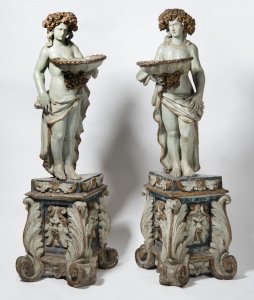
Lot 9 PAIR OF BAROQUE CARRIERS
Starting price180 000 CZK | 7 500 €
Price realized
200 000 CZK | 8 333 €
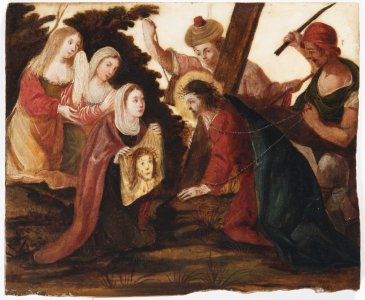
Lot 10 CHRIST AND VERONICA
Starting price28 000 CZK | 1 167 €
Price realized
28 000 CZK | 1 167 €
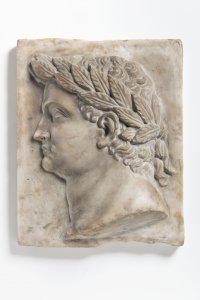
Lot 11 RENAISSANCE PORTRAIT OF THE ROMAN EMPEROR
Starting price16 000 CZK | 667 €
Price realized
21 000 CZK | 875 €
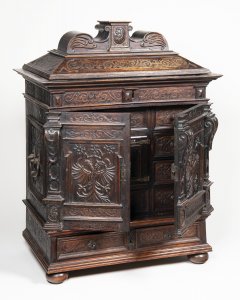
Lot 12 LATE MANNERIST CABINET
Starting price35 000 CZK | 1 458 €
Price realized
70 000 CZK | 2 917 €

